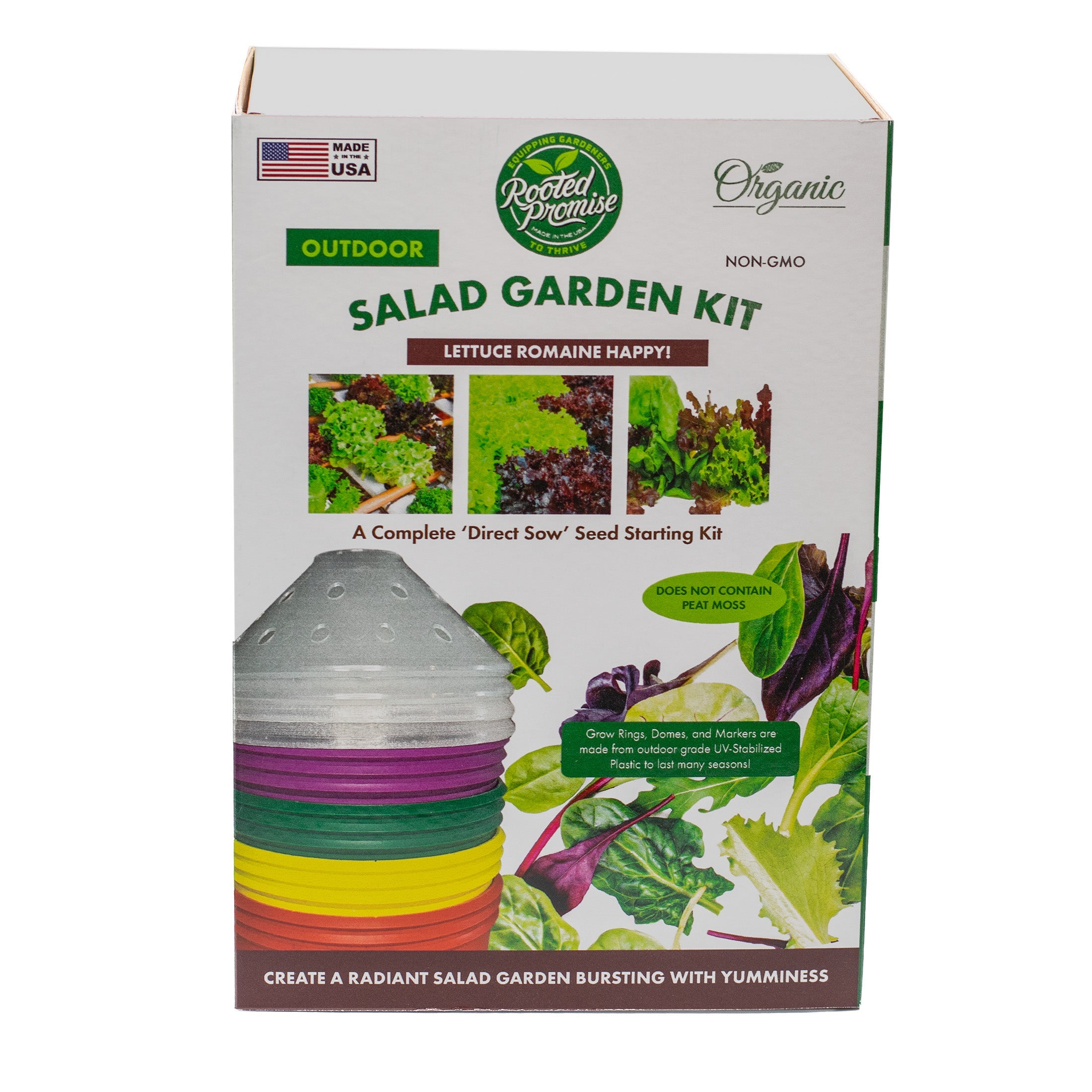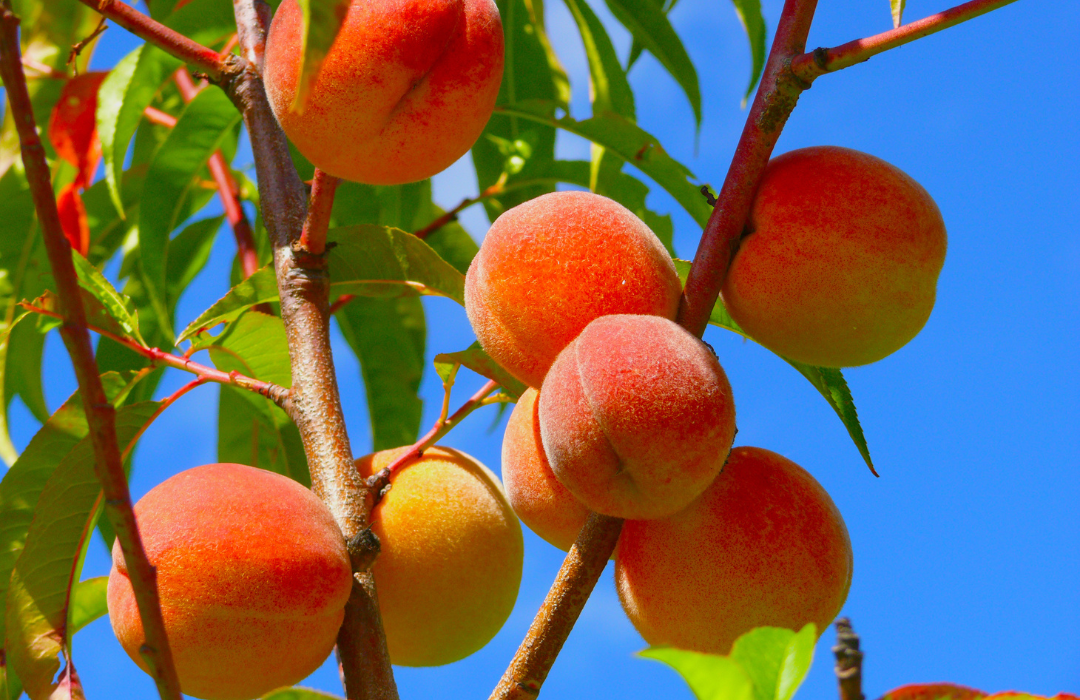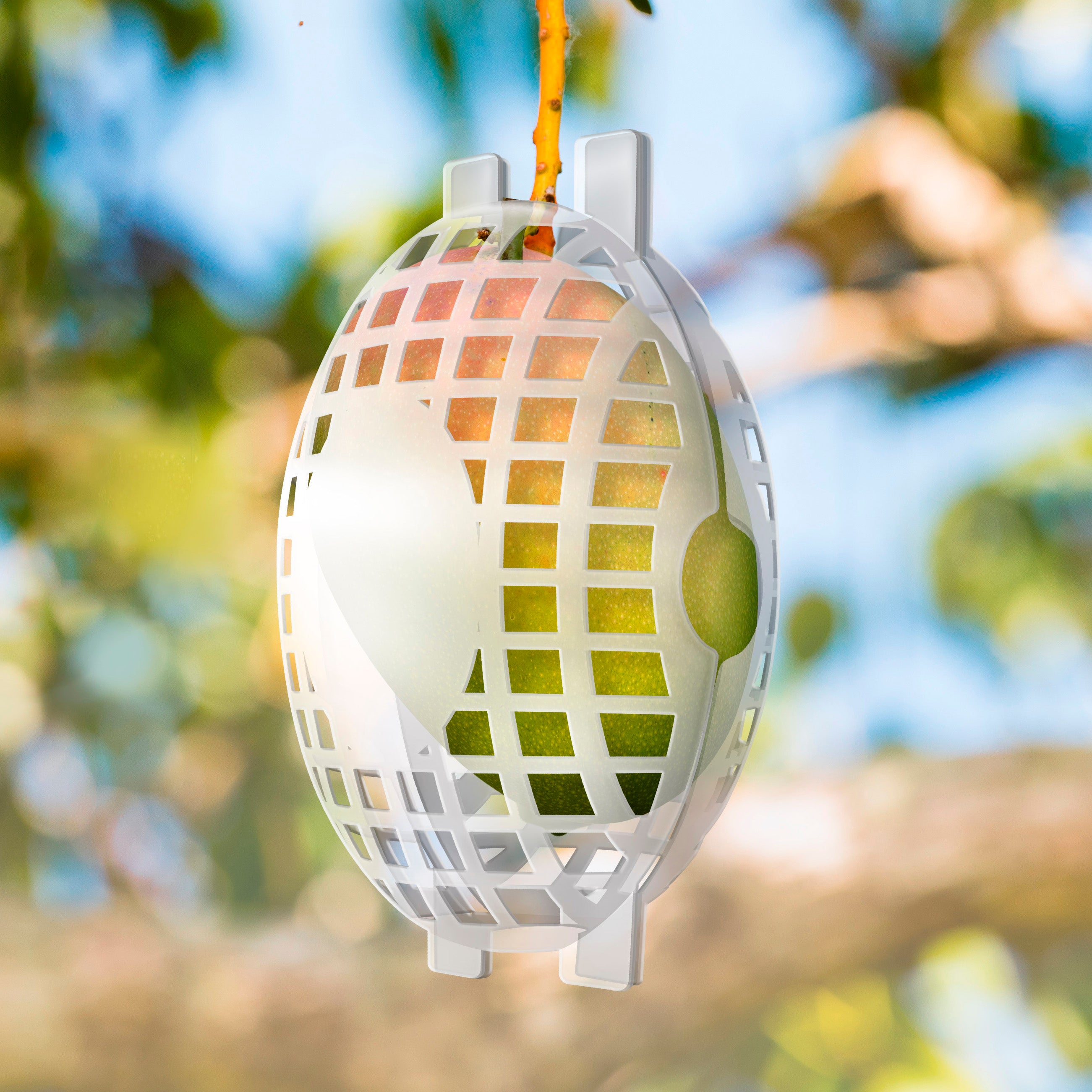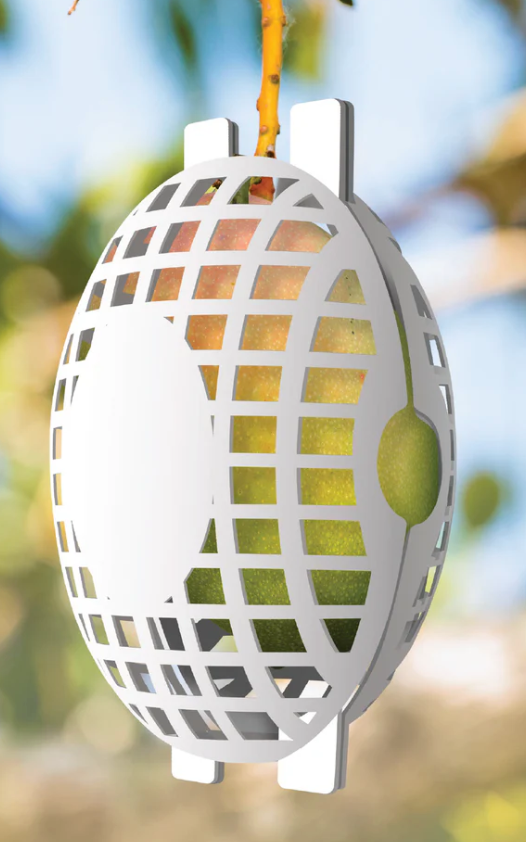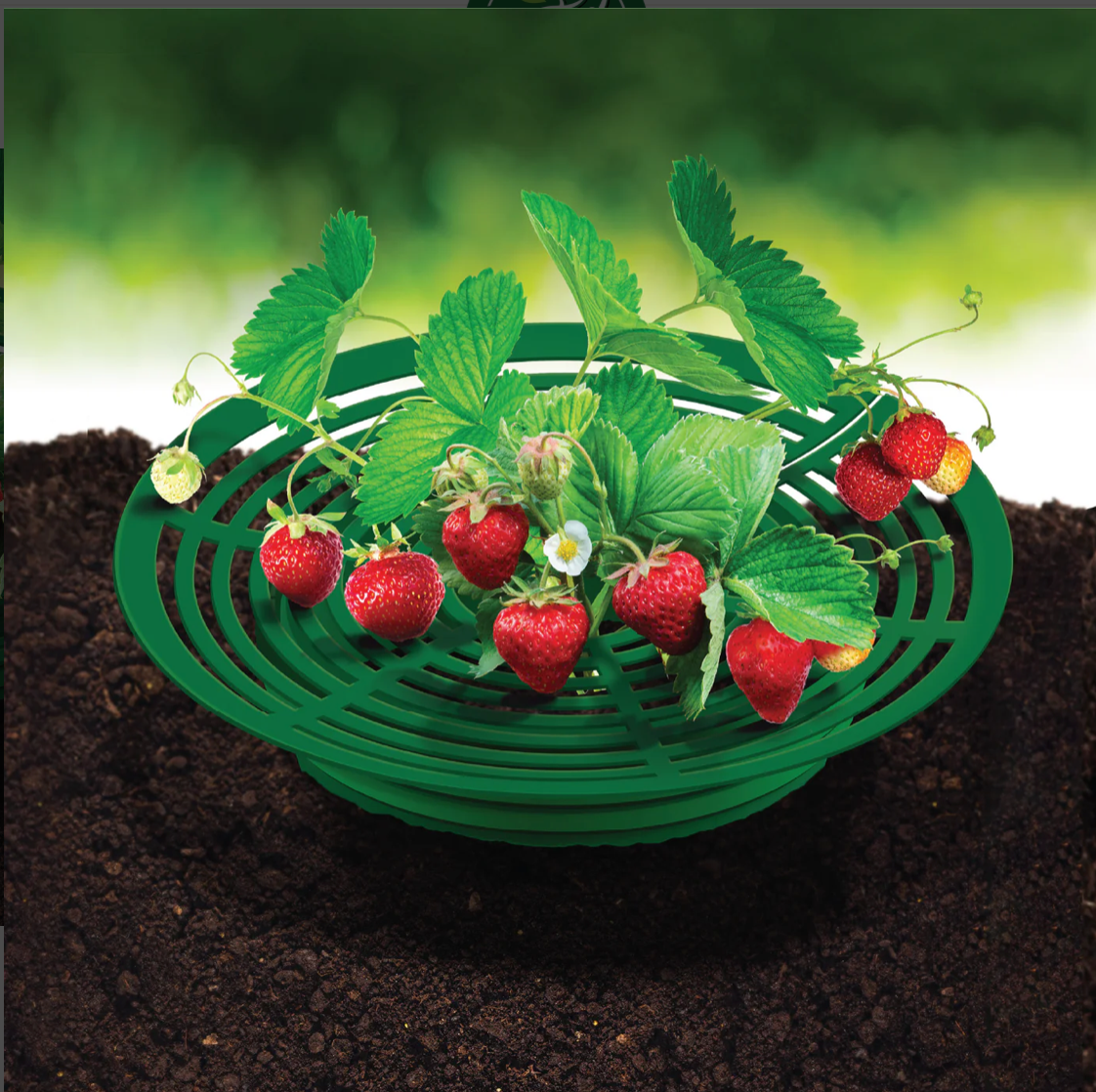Introduction
When winter's icy breath begins to whisper through the orchards of America, fruit tree owners are faced with a crucial question: At what temperature should you cover fruit trees? It is essential to know when to act to protect the bountiful promise of spring.
In this article, we will delve deep into the considerations and strategies for safeguarding your fruit trees during cold spells. Whether you are a seasoned orchardist or a passionate gardener with a few beloved trees, understanding these principles is vital. So, wrap up warm, and let's explore the frosty frontier together.
Table of Content
- The Importance of Covering Fruit Trees
- Understanding Temperature Thresholds
- Methods for Protecting Your Trees
- Tips for Effective Coverage
- Key Takeaways
- FAQs
- Conclusion
The Importance of Covering Fruit Trees
Fruit trees are vulnerable to winter's chill, which can damage buds and reduce yields. By covering your trees at the right time, you create a cozy cocoon, insulating them against the bitter bite of frost.
A proactive approach ensures that when spring arrives, your trees can emerge unscathed, ready to burst forth with life.
Understanding Temperature Thresholds
Generally, it is advisable to cover fruit trees when temperatures drop below 32°F (0°C). At this point, frost can form on delicate buds and blossoms, potentially causing irreparable damage.
However, different species have varying tolerances. For instance, citrus trees are particularly sensitive and may require protection even in slightly warmer conditions. For more detailed information on hardiness zones and specific tree species, refer to resources provided by the US Department of Agriculture.
Methods for Protecting Your Trees
Covering your fruit trees can be accomplished through various methods:
- Frost Cloths: Use breathable materials like burlap or cloth specifically designed for frost protection.
- Plastic Covers: While effective, ensure proper ventilation to prevent condensation buildup.
- Mulching: Apply a thick layer around the base to retain soil warmth.
- Heaters or Lamps: Provide supplemental heat on exceptionally cold nights.
Tips for Effective Coverage
To maximize the benefits of your efforts, consider these additional tips:
- Tighten the Edges: Secure covers firmly to prevent wind from lifting them away.
- Remove During Daylight: Allow sunlight exposure to prevent overheating.
- Avoid Direct Contact: Ensure covers do not touch leaves or branches directly.
Key Takeaways
Navigating the challenges of winter protection requires both knowledge and vigilance. Remember these key points:
- Cover fruit trees when temperatures drop below 32°F.
- Consider the specific needs of different tree species.
- Choose appropriate methods and materials for covering.
- Regularly monitor weather forecasts and adjust accordingly.
FAQs
Can I use regular blankets to cover my fruit trees?
Yes, but ensure they are lightweight and breathable to avoid damaging branches.
How long should I leave covers on?
Remove covers during daylight hours to prevent overheating and allow air circulation.
What's the best way to secure covers against wind?
Use weights or stakes to anchor covers firmly in place.
Conclusion
Embracing this challenge with wisdom and care preserves not only our harvests but also a legacy of stewardship that endures through the ages. As you stand vigilant against winter’s chill, remember that each effort made today is an investment in tomorrow's abundance.

